Although all British Colonies received their share of arms issued by the Board of Ordnance (later the War Department) from home shores over the years, all would probably concur that it was usually too little and too late. The alternative was to source weapons elsewhere, and Australia’s state governments were no exception.
Prior to Federation in 1901, each State independently took whatever steps it felt necessary to secure a source of arms. Various excellent reference works detail this full story, many available on Ian Skennerton's site www.skennerton.com/books.html.
In the mid 1870s, the State of New South Wales contracted for the private purchase of Alexander Henry rifles, short rifles, artillery and cavalry carbines.
Two styles of sword bayonet were supplied. One with a 578mm (22.75inch) re-curved yataghan blade was intended for use with the short rifle and the artillery carbine. The other bayonet with the short, straight 458mm (18inch) sawback blade was intended for the AH rifle.

German contractors supplied both bayonets. All examples I’ve seen bear the 'kings head' trademark of the firm Weyersburg. The hilt assembly is identical
for each bayonet, with a muzzle ring diameter of 20mm (3/4 inch), and the crossguard ending in a spatulate quillon.
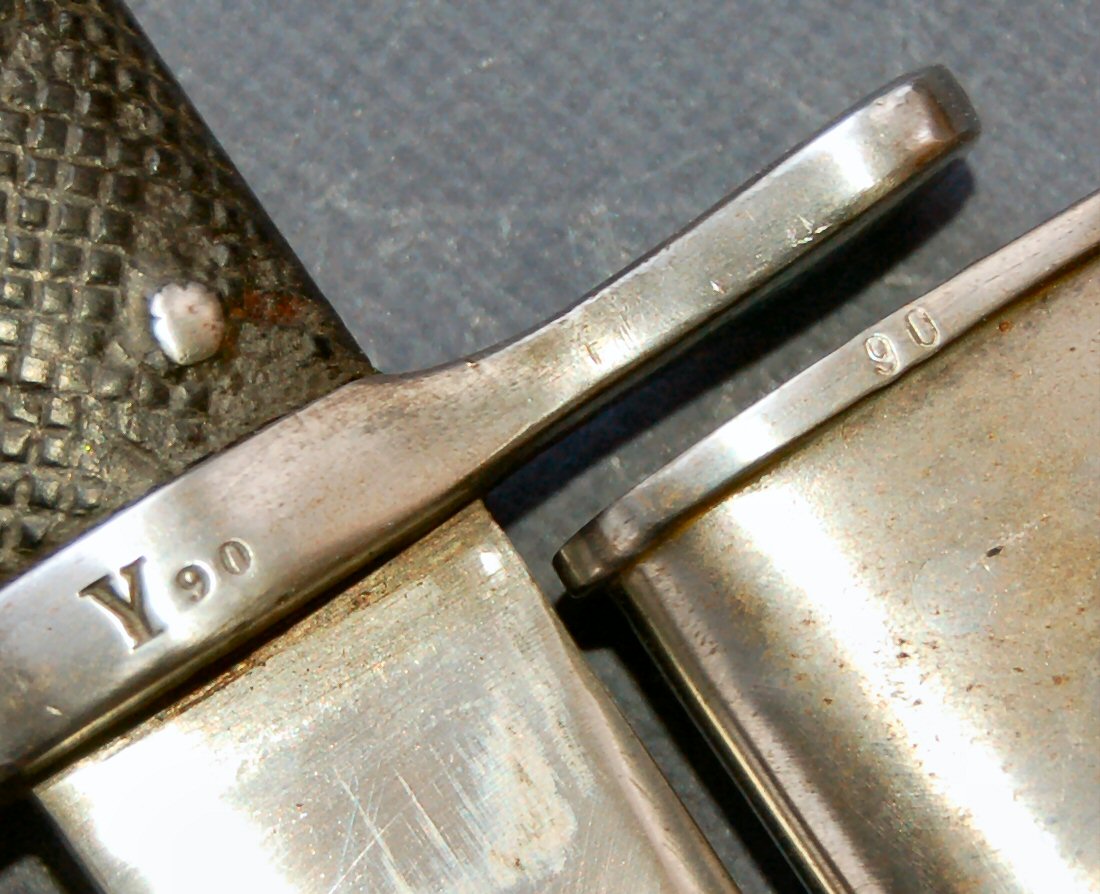
The sawback bayonets I’ve encountered have a letter and number combination stamped into the crossguard. My example has a matching number stamped into the lip of the scabbard locket. The rifle they were issued with would be numbered accordingly.
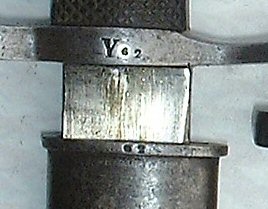
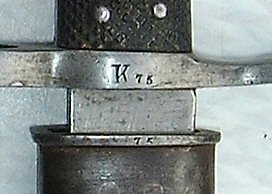
Two other examples of this scarce sawback bayonet have been located in another collection, both with the Weyersberg logo stamped into their blades, and each bearing a similar letter/number combination on the crossguard, Y 62 and K 75 respectively. Their scabbards are numbered to match the bayonets. Each has a 17.5mm muzzle ring bushing. Illustrated here, courtsey fellow collector Colin B.
Back in the 1970s, a number of sawback bayonets surfaced in the UK that showed dramatic modifications. The sawback was removed, the blade ground to a double edge profile, and shortened to a nominal 305mm (12 inches) length. The scabbards were shortened to match the blade.
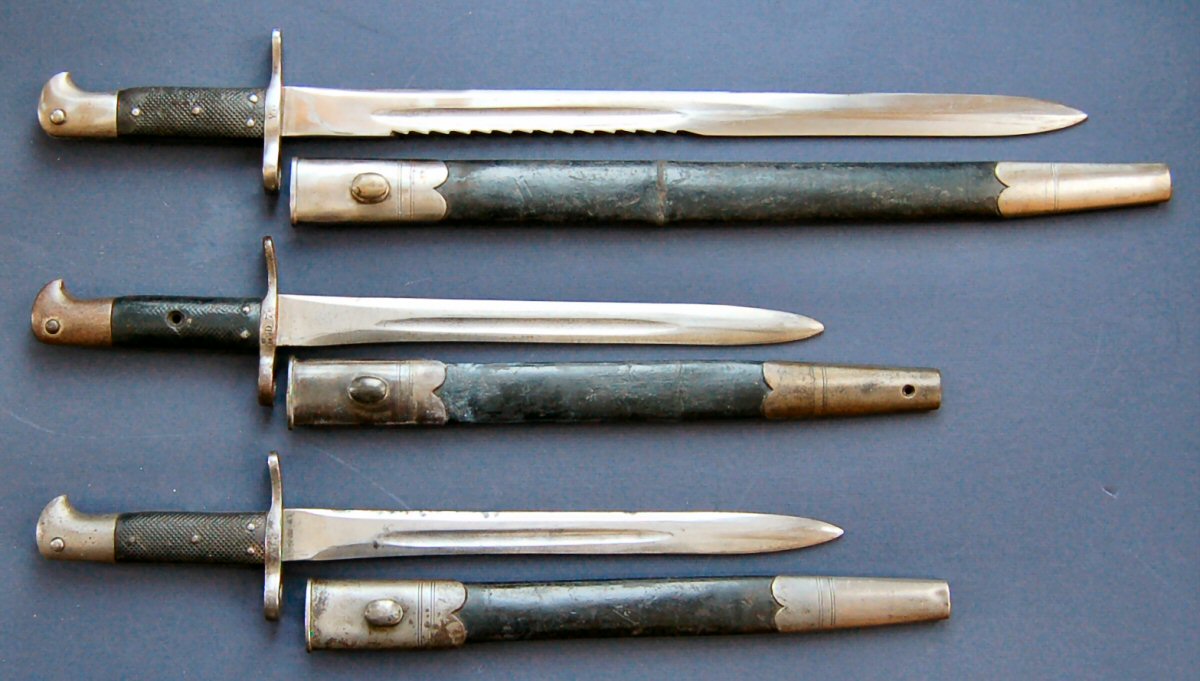
All bear the Weyersberg ‘kings head’ trademark.

The two modified bayonets bear a letter/number combination struck on the crossguard in the same manner as the unaltered example. It is reasonable to conclude these shortened bayonets were originally issued in New South Wales before modification.
All bear the Weyersberg ‘kings head’ trademark.
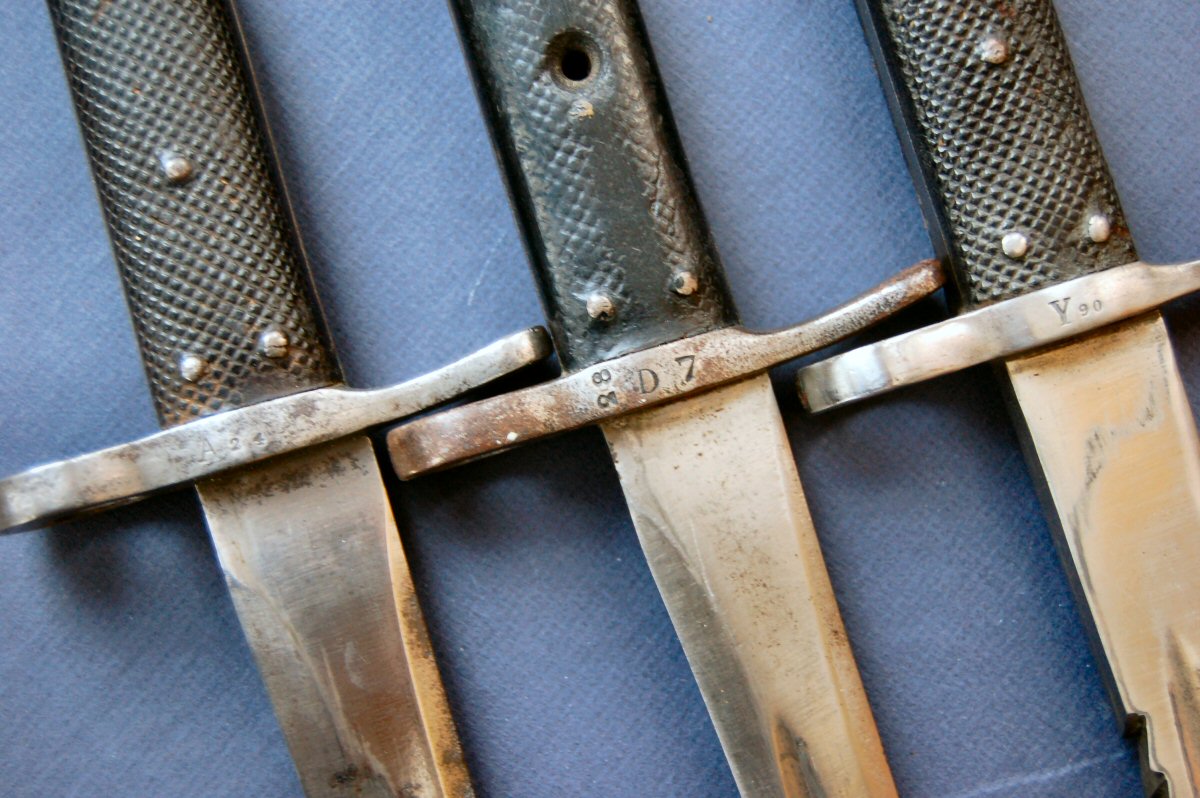
The final bit of the puzzle is the modification the muzzle ring. One is bushed, the other has been completely filled in, then rebored. Both have a new m/r diameter of 15mm.

Further examples show similar modifications.
From the collection of Ron R:
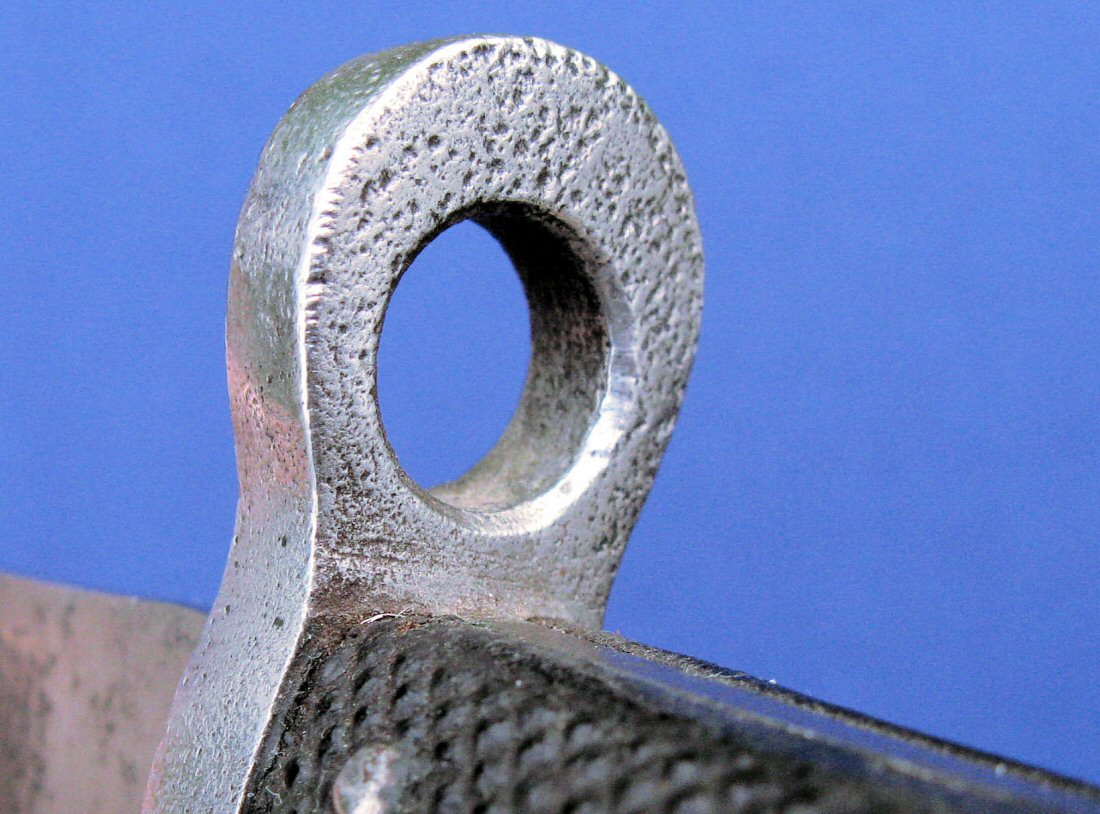
and Roy W:
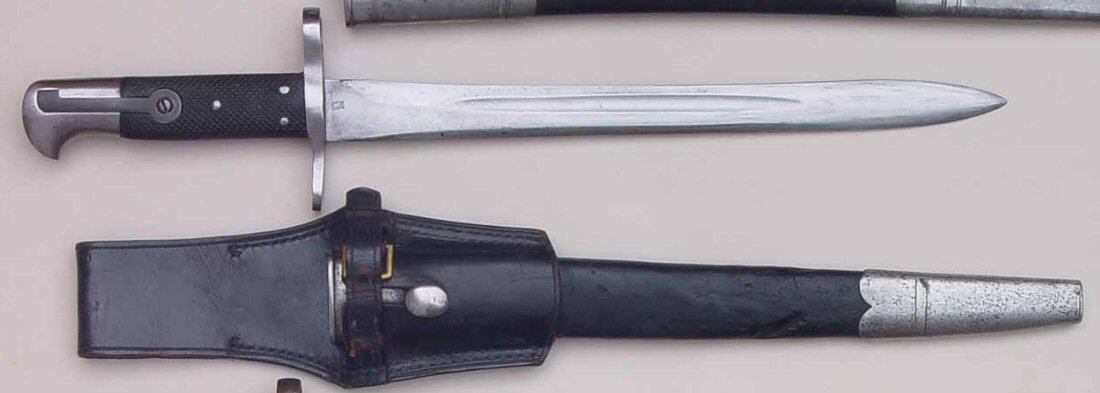
With the lack of any documented story, these modified bayonets pose a number of questions. There are sufficient examples of this modification to suggest it’s not a ‘one off’.
Were the modification made in Australia, or elsewhere; the UK for example.
Were these modified bayonets intended to be re-issued as a sidearm? The alteration of the muzzle ring would indicate not.
If they were intended as bayonets, what firearm did they fit? The MRD is small, but does loosely fit my commercial, VTC issued .303” Martini carbine. However, the hilt is not a match for the gun.
The differences in the location of the muzzle ring in the crossguards of the two examples illustrated suggests two rifle attachment arrangements, one for a lug on the barrel, the other for a lug on the top band.
All known modified examples have so far turned up in the UK. Could the bayonets have been repatriated from Australia, and modified for use by one of the many VTC units that sprung up during the Great War?
Further research is needed, and I would be grateful of any information and photos of other examples.
- - O O O - -